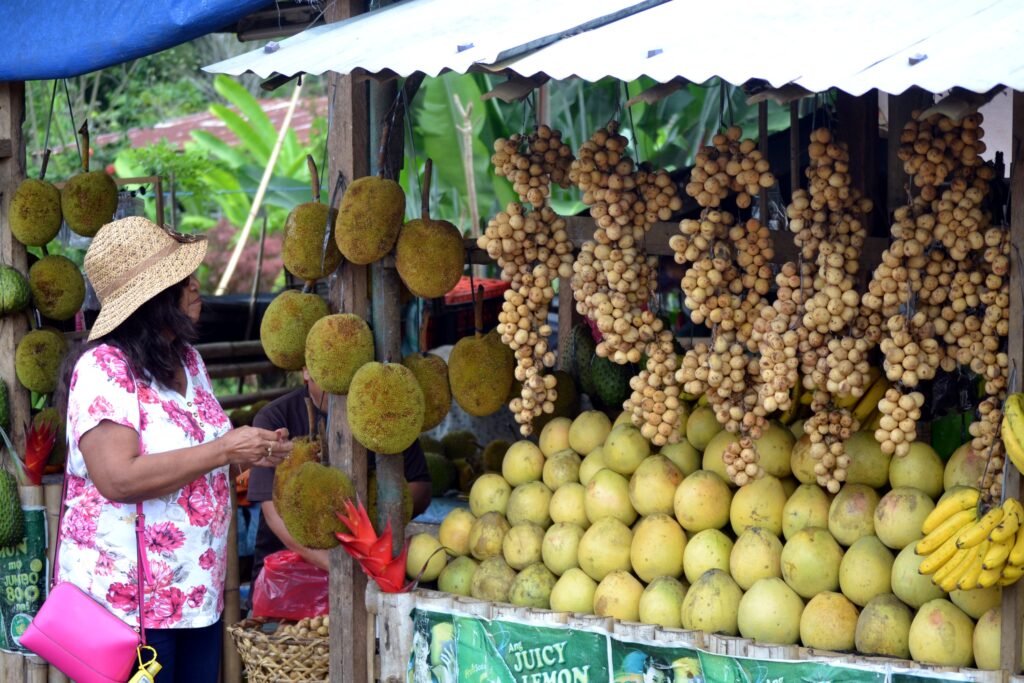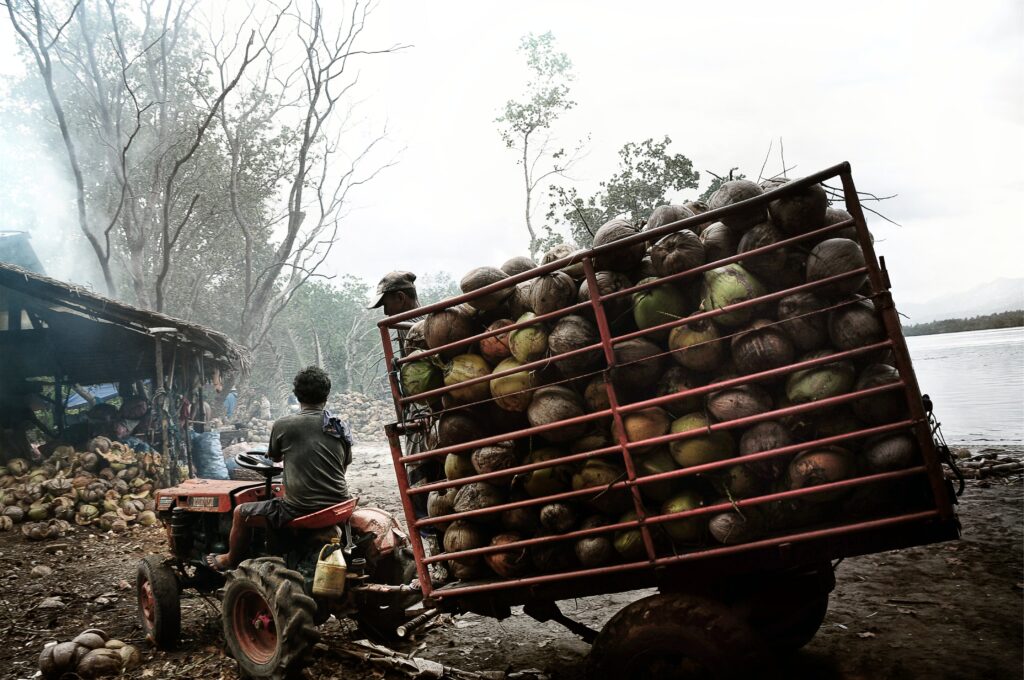Text and Photos by Henrylito D. Tacio
Filipino farmers are most likely to be affected by the consequences of climate change as their crop production will decrease due to continuous rainfall, flooding, and drought. As a result, more and more people will go to bed at night still hungry.
“Food insecurity is exacerbated by an increasing population, further stretching the carrying capacities of the already dwindling natural resources base and made worse by changing climatic conditions that negatively impact on agriculture,” pointed out Dr. Gil C. Saguiguit, Jr., the director of Laguna-based Southeast Asian Regional Center for Graduate Study and Research in Agriculture (SEARCA).
With more than 100 million Filipinos, the Philippines is ranked 13th among the most populated countries in the world – just below Ethiopia and above Vietnam.
In 2014, the Climate Change Commission listed the Philippines as among the top ten countries most vulnerable to the impacts of climate change. A World Bank report, “Getting a Grip on Climate Change in the Philippines,” seemed to agree.
“Because of unpredictable climate patterns and extreme weather events, the country’s agricultural productivity is projected to continue to decline,” said the report, citing examples of unpredictable climate patterns as high temperature and periodic rains and drizzles.
Projections from meteorologists showed that from 2020 to 2050, wet seasons would be wetter, and the dry seasons will be drier. Eighteen to 20 typhoons are expected every year, with flooding projected in different parts of the country.
“(Filipino) farmers are highly affected by these vulnerabilities for they are the ones most expected to weather extremes,” said a research note presented by Dr. Majah Leah V. Ravago at the Second International Conference on Agriculture and Rural Development in Southeast Asia.
“One implication of these change is that farmers’ experience on the frequency, duration, strength, severity and timing of rainfall and the frequency of droughts will be less reliable; hence, the accuracy of their subjective decision-making processes will decline, causing their level of risk to rise,” explained Dr. Ravago, assistant professor at the University of the Philippines School of Economics.
The Philippines will experience stronger typhoons, which would inundate coastal and low-lying areas. In Laguna, for instance, Tropical Storm Ondoy left P200-million worth of damage in agriculture as rice fields, and vegetable crops were submerged in floodwaters.

Less fruits soon 
Less coconut production
Three more typhoons hit the same province in 2009, affecting an entire rice cropping season. “Some farmers tried to save their rice crop by harvesting them before the typhoon came, but even their harvest was washed out by floodwaters,” wrote Maria Emilinda T. Mendoza, author of “Faces of Vulnerability: Gender, Climate Change, and Disaster.”
“Livestock were also affected,” Mendoza further wrote. “There were incidences of pigs and ducks being washed out, while those that survived suffered from diseases. Consequently, some duck raisers in the municipality of Victoria closed their businesses.”
Even without typhoons, constant rains and subsequent flooding have resulted in the siltation of water bodies in the province, including Laguna Lake. “Some coastal barangays experience long-term inundation, with the water from the lake already covering some of their original residential and agricultural areas,” Mendoza reported.
Agriculture scientist Julian Gonsalves of the Cavite-based International Institute Rural Reconstruction urged to do something now before it is too late. “Agriculture sector is expected to suffer the most serious impact of climate change, affecting food security, nutrition and livelihoods, if we don’t act soon,” he pointed out.
Agriculture and climate change go hand in hand. “The role of agriculture in climate change is better appreciated in relation to the value agriculture contributes to the global economy,” said a briefing paper published by SEARCA.
The 2010 World Development Report, drawing on analysis from the Intergovernmental Panel on Climate Change, calculates that agriculture directly accounts for 14% of global greenhouse gas emissions in carbon dioxide equivalent and indirectly accounts for another 17% of emissions from land use and conversion for crops and pasture.
“As agriculture is highly sensitive to climate change, maintaining the right balance is critical to a stable and productive agricultural activity, which is the foundation for food security and by extension the alleviation of poverty,” the briefing paper stated.
In time, climate-smart agriculture came into existence as a response to the problems brought about by climate change.
“Climate-smart agriculture addresses the wider issues faced by agriculture in the face of global environmental change – the need to increase global food production by 60% by 2050 and to meet greenhouse gas emission reductions,” the briefing paper said.
Climate-smart agriculture is anchored on three pillars in the context of local stakeholders and focusing on sustainably increasing farm productivity and income, strengthening resilience to climate change and variability and mitigating the contribution of agricultural practices to climate change.
Another SEARCA briefing paper compares climate-smart agriculture to sustainable agriculture and conservation agriculture practices “but puts additional stress on low-carbon agriculture and the use of plants that can reduce vulnerability to climate change.”
According to SEARCA, the unique role of agriculture in development – the primary food source, significant potential for greenhouse gas mitigation, and its sensitivity to climate change – entails that innovations in technology and practice be enabled and diffused locally and appropriately to respond to climate change.
“Innovative technologies and practices may come from reinventing indigenous knowledge to suit the times or using new widespread and accepted media,” it pointed out. “The possibilities of potentially relevant agricultural technologies is extensive and there is a vast pool of yet undiscovered technologies and practices that may be crucially important for agriculture in a globally changing environment.”

